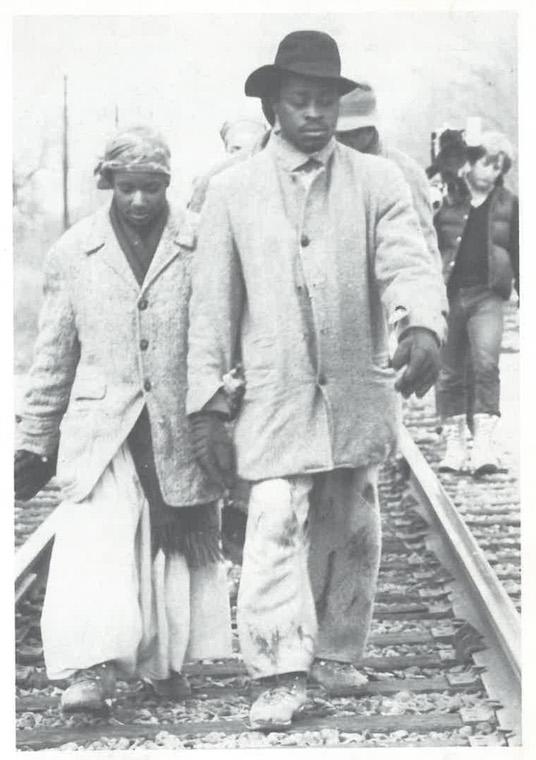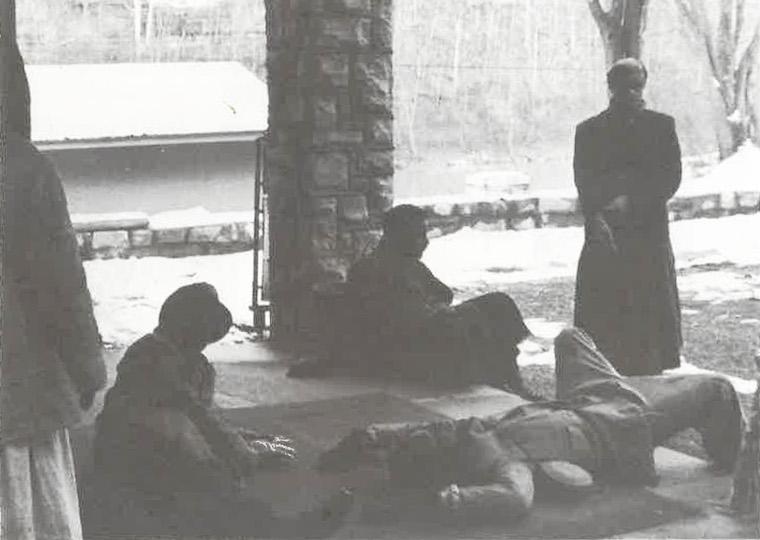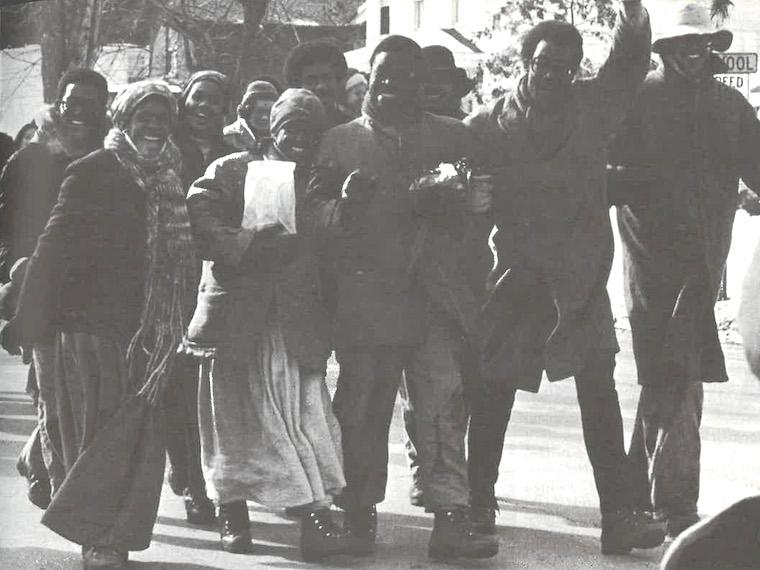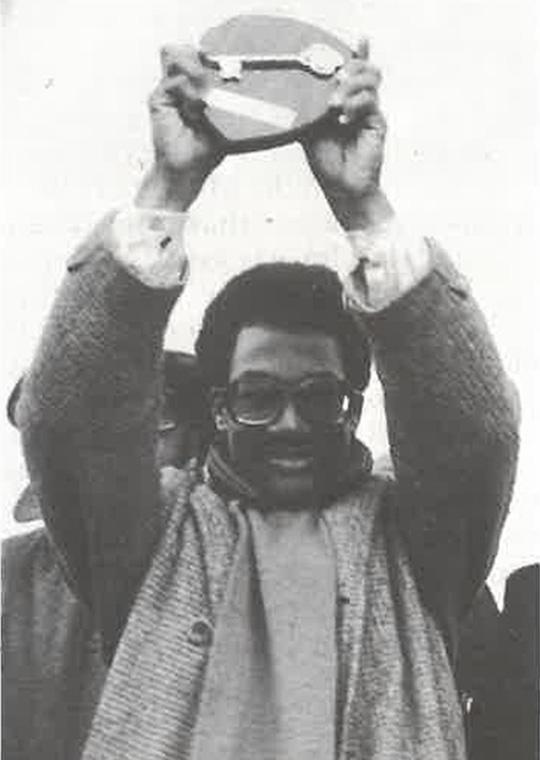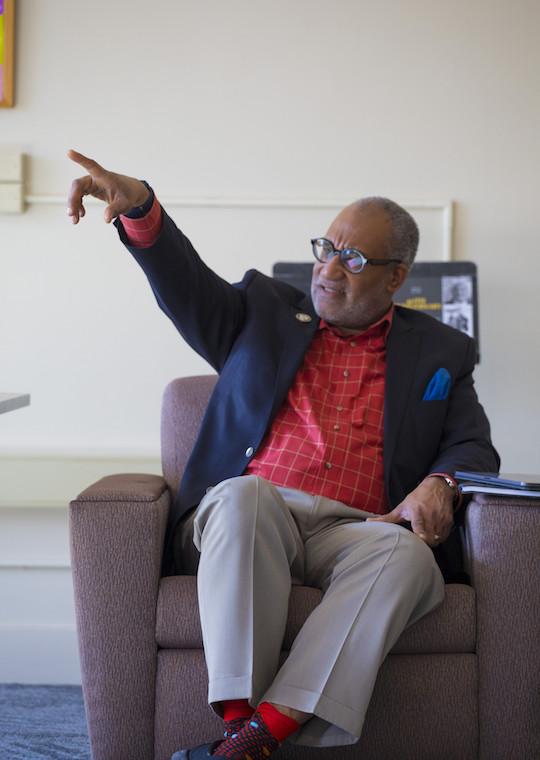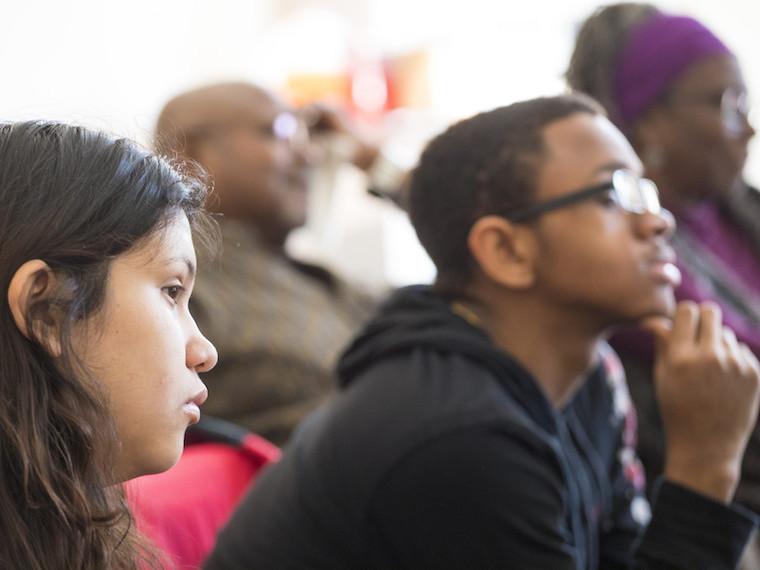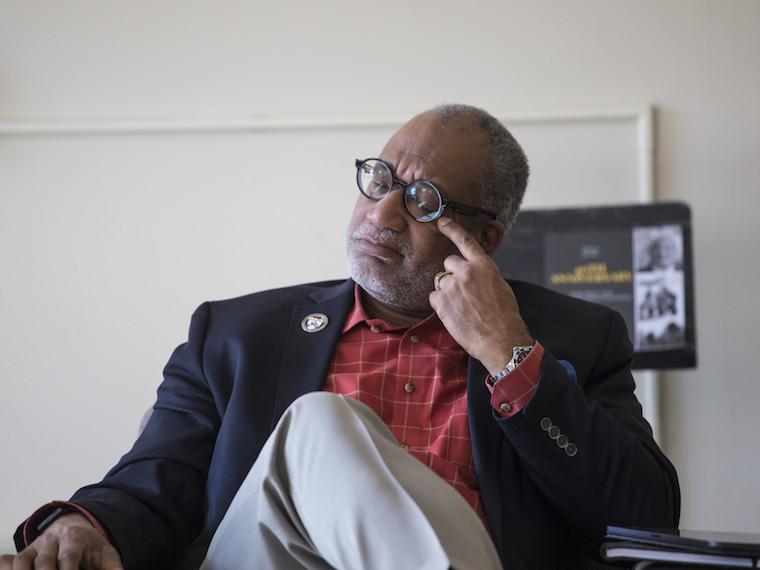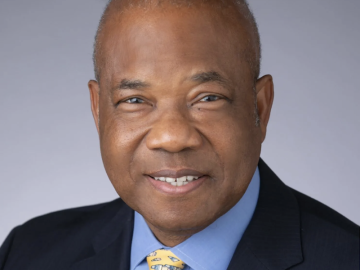Campus News
Revisiting the Underground Railroad
February 26, 2020
Yvonne Gay
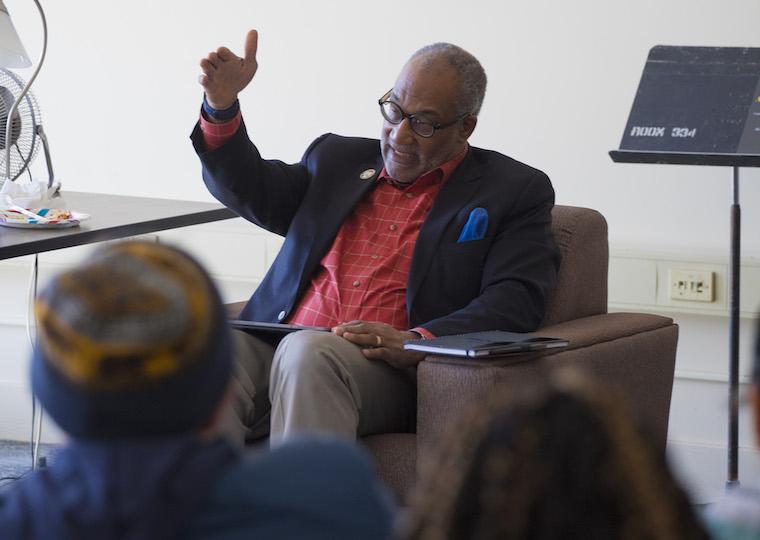
Sunlight spills in from windows on one side of the room in Third World House and rests on Herman Beavers ’81, as if by design. Beavers, facing his guests, waits patiently as introductions are made before delving into the purpose of his visit.
Beavers doesn’t share much with his students at the University of Pennsylvania about the extraordinary winter term project he and his classmates performed in 1980. “In fact, I can’t remember the last time I told a student about what we did,” says the professor of English and Africana studies. “At the same time, I think about it at the oddest times. I’ll remember how the light looked or think about how ‘put upon’ I felt and how that was replaced by a sense of purpose.”

Photo credit: Yvonne Gay
As described in the spring 1980 issue of the Oberlin Alumni Magazine, written by members of the project, it took the nine-member team two years to perform research and inquiry with consultants before they were ready to don cotton clothing, head wraps, and large brimmed hats—attire similar to that worn by fugitives in 1850—and begin their walk at 12:30 p.m. on January 2, 1980. To maintain authenticity, the “escapees” followed back roads and travelled at night when necessary.
“The first day, we walked 17 miles and got our first taste of fatigue, ravenous appetites, sore feet, and irritability,” stated the OAM article. “As Herm Beavers lay fighting with George Barnwell ’81 and Lester Barclay ’81 for the one blanket they were sharing, he thought of the prospect of freezing to death, cursing the day he had gotten into the conversation with [his classmates] about recreating a slave escape.”

While five students made the journey on foot (joined later by two more), four more “escapees” forged ahead in a 25-foot camper in search of churches, barns, or other secure structures offering shelter and food, the article continued. Under the curious stares of passersby, the students moved slowly past motorists along Route 68, (their project began in Greensburg, Kentucky near the Tennessee border, toward Oberlin) often teetering along the edge of ditches. In one Kentucky town, they were chased from a barn by the bat-swinging brother of the property owner. After 33 days and 420 miles, the project was complete.
“I don’t know if I carried my weight,” reflects Beavers on the 40th anniversary of the journey. “I was dealing with a lot of things as the project loomed (including my parents not wanting me to go). [But a poem I read] made everyone realize that my presence added value to the project.”
It was this winter term journey and many other experiences at Oberlin that helped Beavers counter feelings of self-doubt, a lesson he openly shares today.
“I don’t know if one ever completely nullifies imposter syndrome,” he says. “I still have days when I ask myself what right I have to walk into a classroom or give a paper at a conference, when there are so many people who are smarter and more gifted. In Walter Mosley’s first novel, Devil in a Blue Dress, his protagonist Easy Rawlings has an inner voice he refers to as, ‘the Voice,’ and I have a little of that happening. The Voice says to me, ‘Are you going to let them keep treating you like you don’t matter or have something to say? You’re done being a scholar when you’re ready to be done; nobody else gets to decide.’ Whatever works, you know?”
But what brought Beavers to tears in Third World House was recalling a moment when then professor Jere Bruner indicated that a paper he had turned in was not up to par. “When I read his comments, I went from being mortified to feeling affirmed,” says Beavers.
“I have never forgotten that act of incredible empathy and kindness and when I became a professor, I was determined to follow Jere’s example. I’ve written that comment, ‘the paper, not you,’ many times during the course of my career,’’ he says. ‘‘I can be a very hard grader, but I try to convey to students that I push them hard because I believe excellence is within their grasp and that I value them in the same way that Jere Bruner valued me.”
Photo Gallery
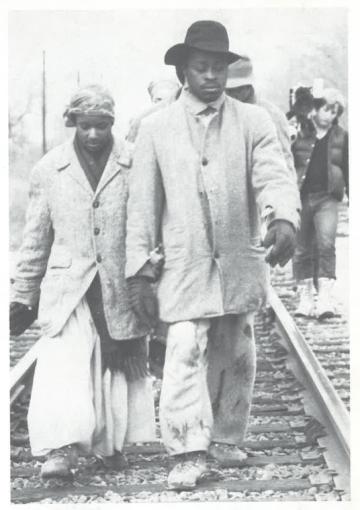
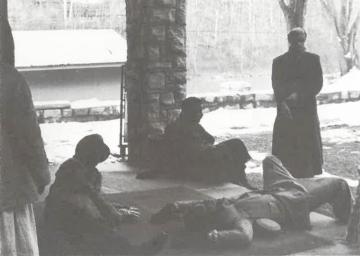
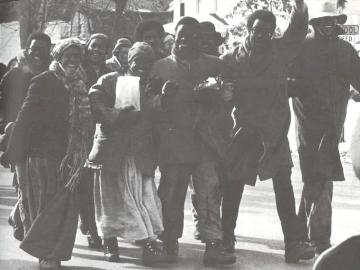
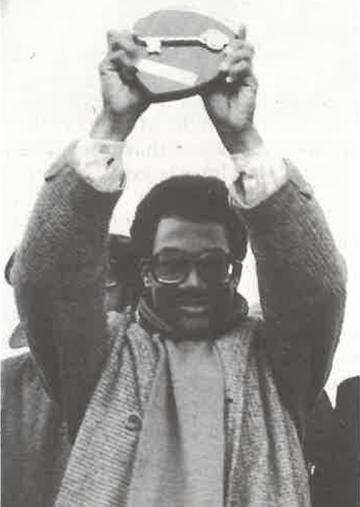
Tags:
You may also like…
Amalia Haas ’91 Named Campus Rabba for Oberlin Hillel
September 14, 2023
Double-major graduate served in interim role in spring 2023.
Victor Hymes ’79 Named to Audubon Society Board
August 31, 2023
Entrepreneur and financier Victor Hymes, a 1979 graduate of Oberlin College and Conservatory, has been named to the Audubon Society’s national board of directors. A resident of San Francisco,...
Commencement and Milestone Reunion 2022
June 7, 2022
The campus was abuzz this past weekend as alumni, families, and students took part in the return of several Commencement/Reunion Weekend traditions that included a performance by OCircus!, senior conservatory students, and Illumination in Tappan Square.
